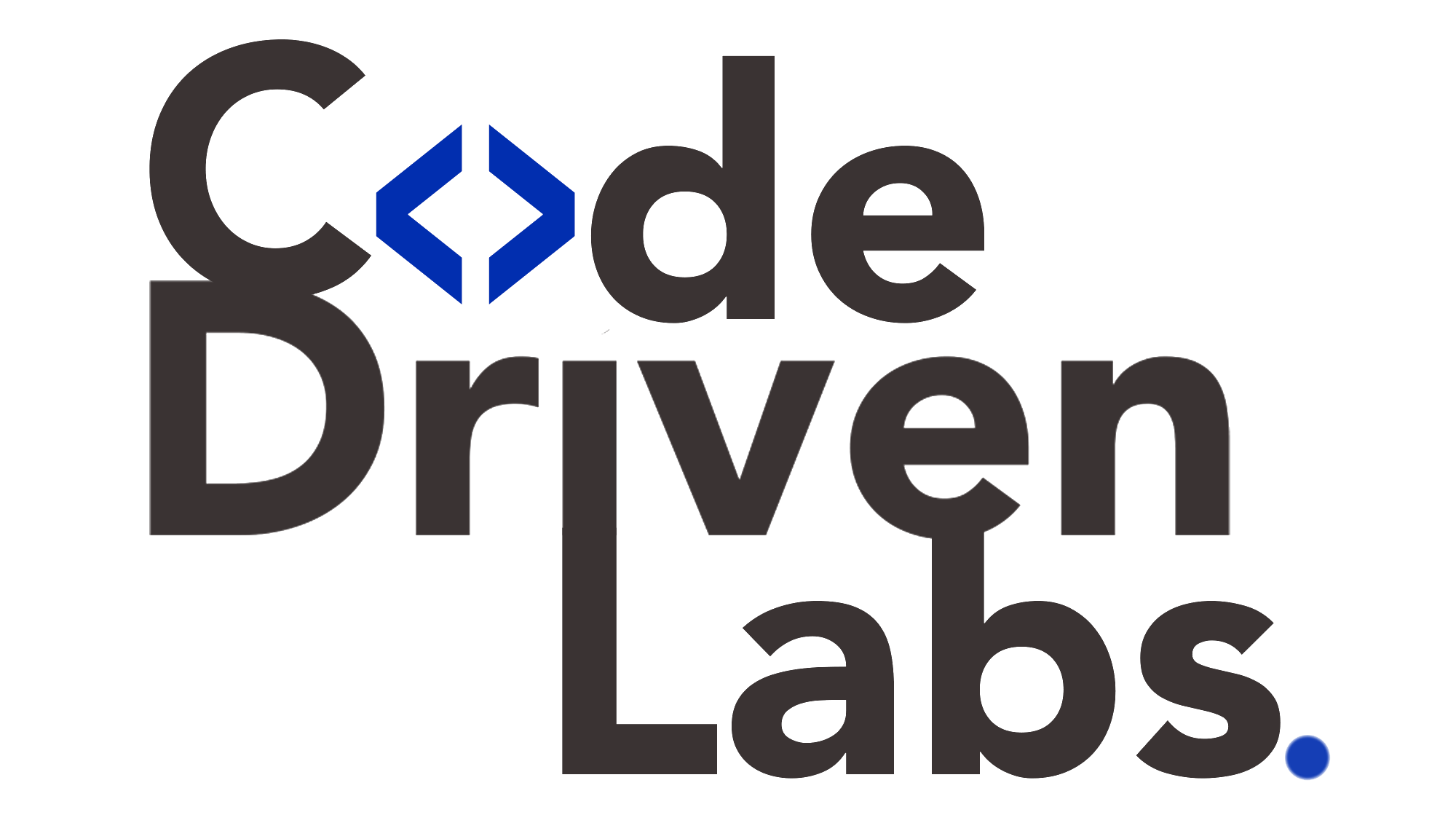Level up your business with US.
- Home
- The Role of AI in Automating Website Testing and Quality Assurance
The Role of AI in Automating Website Testing and Quality Assurance
September 16, 2025 - Blog
The Role of AI in Automating Website Testing and Quality Assurance
In the fast-paced digital era, websites are the face of businesses across industries. Whether it’s an e-commerce store, a financial services platform, or a healthcare portal, the reliability, performance, and security of a website directly influence user trust and business success. To meet these rising expectations, website testing and quality assurance (QA) have become critical.
However, traditional testing methods often fall short in today’s environment of frequent updates, complex architectures, and diverse user demands. Enter Artificial Intelligence (AI)—a transformative force that is revolutionizing how businesses test, monitor, and assure the quality of their websites. AI not only accelerates the testing process but also enhances accuracy, adaptability, and scalability.
This blog explores the role of AI in automating website testing and QA, the challenges it addresses, the benefits it offers, and how code-driven labs enable organizations to achieve reliable, intelligent, and scalable testing solutions.

Why Website Testing and QA Matter
A website that crashes during peak traffic, loads slowly, or has bugs in its checkout process can significantly hurt a brand’s reputation and revenue. According to studies:
-
88% of users are less likely to return to a site after a bad experience.
-
A 1-second delay in page load can reduce conversions by up to 7%.
-
Security flaws or broken features can lead to compliance issues and data breaches.
This underscores why continuous testing and robust QA practices are vital. But with websites growing more complex—integrating APIs, microservices, and dynamic front-end frameworks—traditional manual and rule-based automated testing are no longer sufficient.
Challenges in Traditional Website Testing
-
Manual Testing Limitations
Human testers can’t keep up with the speed and complexity of continuous updates. Manual testing is time-consuming and prone to human error. -
Scalability Issues
Testing thousands of scenarios across browsers, devices, and operating systems is nearly impossible without automation. -
Maintenance Overload
Automated scripts often break when code changes, requiring constant maintenance. -
Incomplete Coverage
Traditional testing struggles to cover the depth of user interactions, hidden bugs, and performance bottlenecks. -
Delayed Feedback
Slow testing cycles delay development, creating bottlenecks in Continuous Integration/Continuous Deployment (CI/CD) pipelines.
These challenges create a gap between rapid development cycles and the need for flawless digital experiences—a gap AI is uniquely positioned to fill.
How AI Transforms Website Testing and QA
AI brings intelligence, adaptability, and speed to testing, ensuring that websites meet the highest standards of quality, performance, and security.
1. Test Case Generation and Optimization
AI analyzes codebases, user journeys, and historical bugs to automatically generate test cases. It also optimizes test suites by eliminating redundancies, ensuring broader coverage with fewer tests.
2. Self-Healing Test Automation
One of the biggest breakthroughs in AI-driven QA is self-healing. When website code changes, AI-powered tests adapt automatically—reducing maintenance costs and downtime.
3. Visual Testing and UI Validation
AI can detect subtle visual defects such as misaligned elements, color mismatches, or broken layouts that traditional automation often misses.
4. Predictive Analysis
Machine learning models predict where bugs are most likely to occur, enabling testers to prioritize high-risk areas.
5. Natural Language Test Automation
AI enables testers to write tests in plain English. For example: “Verify the login button works on mobile.” The AI then translates this into executable scripts.
6. Performance and Load Testing
AI simulates real-world user behavior under different conditions, predicting how websites will perform under stress.
7. Security Testing
AI tools detect vulnerabilities by simulating attacks, scanning code for flaws, and identifying risks that could lead to data breaches.
8. Continuous Monitoring and Feedback
AI systems monitor live websites, flagging anomalies in real time—such as slow response times, broken APIs, or suspicious user activity.
Benefits of AI-Powered Website Testing
-
Speed and Efficiency: AI executes tests faster than manual or rule-based automation.
-
Reduced Costs: Less time spent on repetitive tasks and maintenance saves resources.
-
Higher Accuracy: AI identifies subtle bugs and inconsistencies often missed by humans.
-
Scalability: Testing scales effortlessly across devices, browsers, and user scenarios.
-
Early Defect Detection: Predictive analysis helps teams resolve issues before they impact users.
-
Enhanced User Experience: By ensuring consistent performance and reliability, AI directly boosts engagement and conversions.
Ethical and Practical Considerations
While AI testing brings many advantages, businesses must use it responsibly:
-
Transparency: Ensure teams understand AI-generated results and don’t treat them as black boxes.
-
Bias-Free Algorithms: AI models must not overlook specific use cases due to skewed training data.
-
Data Privacy: When using user behavior data for personalization testing, compliance with GDPR, CCPA, or HIPAA is crucial.
-
Human Oversight: AI should augment, not replace, human testers who bring contextual understanding.
The Role of Code-Driven Labs in AI-Powered Website Testing
Deploying AI-driven QA requires more than tools—it requires a structured, automated environment to build, test, and refine solutions. Code-driven labs provide this foundation.
1. Automated Test Environments
Code-driven labs spin up environments on demand, simulating real-world user conditions across devices, operating systems, and browsers.
2. Integration with CI/CD Pipelines
They integrate seamlessly with development pipelines, ensuring testing is continuous and automated with every code change.
3. Experimentation with AI Models
Labs allow teams to train and test AI models for bug prediction, visual testing, or self-healing automation in a controlled setting.
4. Scalability Testing
By simulating thousands or millions of concurrent users, code-driven labs test whether websites can handle peak loads without failure.
5. Bias and Accuracy Auditing
AI algorithms can be audited within labs to ensure they deliver accurate and fair results across diverse test scenarios.
6. Security and Compliance Validation
Labs test websites for vulnerabilities, ensuring compliance with industry regulations and protecting user data.
7. Continuous Monitoring and Feedback Loops
Through integration with monitoring tools, labs provide ongoing insights into site health and AI model performance.
Real-World Use Cases
E-Commerce
AI tests product recommendation engines, checkout flows, and dynamic pricing systems to ensure seamless shopping experiences.
Finance
Banking websites undergo AI-driven security testing to prevent fraud and ensure compliance with regulatory standards.
Healthcare
AI validates patient portals, ensuring HIPAA compliance, data security, and accessibility.
Media and Entertainment
Streaming platforms use AI to test content recommendations, video quality, and scalability under massive concurrent usage.
Education
E-learning platforms rely on AI to validate adaptive learning pathways and accessibility features.
In all these sectors, code-driven labs make it possible to validate AI-powered tests before live deployment, reducing risk and ensuring reliability.
The Future of AI in Website Testing
The next wave of innovations promises even greater transformation:
-
Generative AI for Test Creation: Automatically generating new test cases based on code updates.
-
Explainable AI (XAI): Making AI-driven testing more transparent and understandable to teams.
-
Autonomous QA: Fully automated systems capable of identifying, fixing, and verifying bugs without human intervention.
-
Hyper-Personalized Testing: Using AI to replicate the exact conditions of individual user journeys for ultra-precise QA.
Code-driven labs will remain central, ensuring these innovations are rigorously tested, validated, and deployed responsibly.
Conclusion
The rise of AI in website testing and quality assurance marks a paradigm shift in how businesses deliver reliable, secure, and high-performing digital experiences. By automating repetitive tasks, predicting bugs, and scaling across diverse environments, AI makes QA faster, smarter, and more effective.
Yet, with innovation comes responsibility. AI testing must be transparent, fair, and compliant with data privacy regulations. This is where code-driven labs prove invaluable—providing controlled, automated environments to test, validate, and refine AI-powered QA strategies before deployment.
For businesses aiming to stay competitive in 2025 and beyond, embracing AI-driven website testing and QA—backed by robust code-driven labs—is not just an option; it is a necessity.
